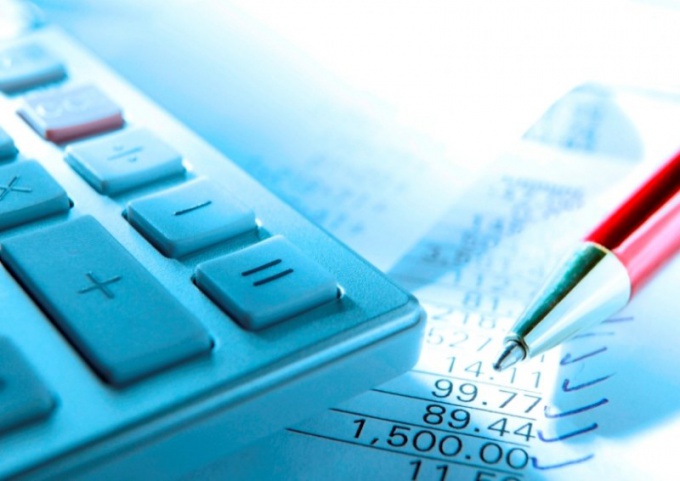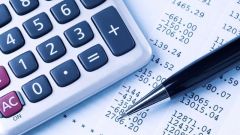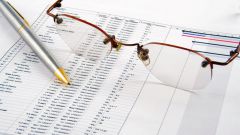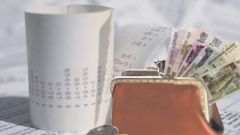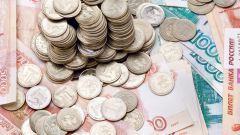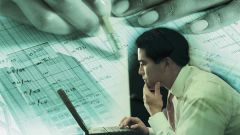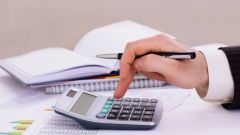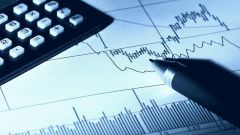Peculiarities of taxation for individual entrepreneurs is determined by the chosen tax regime. Before SP it was to use STS or GTS. It is worth considering that the USN can use only IP that have the number of employees to 100 employees and revenue of 60 million rubles. per year.
In some cases, sole traders can apply the imputed income or simplified tax system based on the patent. These tax regimes are only available for certain types of activities. For example, to provide personal services or retail trade.
It is important to note that in the presence of employees of the SP shall remit all prescribed fees to the pension Fund and social insurance Fund, the personal income tax from salaries and submit appropriate reports. In this case, the taxation of IP is no different from those provided for organizations.
Taxation of individual entrepreneurs can facilitate accounting and is income tax and VAT to pay a single tax. USN available for entrepreneurs in two options. Is USN with the object of taxation income minus expenses (with a tax rate of 15%) and income (at the rate of 6%). In the first case, the PI must keep a record of all expenses that are associated with doing business. In the second cost accounting is not required, and tax is paid on turnover.
The advantage of individual entrepreneurs is that those entrepreneurs, who do not have employees, can reduce the amount of tax paid for insurance contributions to the pension Fund. If the PI has employees, he is also entitled to reduce the tax payable, but not more than 50%.
Meanwhile, the USN has a number of shortcomings. The fact that many large customers are VAT payers and agree to work with SP only in the provision of invoices VAT. But if SP provides such a document, he is obliged to pay VAT to the budget in full size, without the right to deduction. Therefore, the STS should be used only if the main customers of IP are a small company and individuals.
It is worth considering that the use of DES does not exempt sole traders from payment of the land, transportation, water taxes.
SP applying the BASIS, can cooperate with all categories of clients and to obtain tax deductions. This tax regime involves the payment of personal income tax and VAT.
Personal income tax (rate is set at 13%) is paid by the difference between revenues and expenses (also called professional deduction). All expenses must be justified and documented. If proof of income is impossible, then the income can be reduced by the standard cost (20% of revenues).
VAT is paid on the difference between the amount of input VAT and VAT "to offset", which is calculated on the basis of invoices received from suppliers.
Despite the fact that this mode is quite cumbersome, it is best suited for large businesses.
Earlier, the use of imputed income for certain types of activities was required, now only at the request of SP. The advantage of this tax regime is that the tax is paid not on the basis of real income and is imputed using various coefficients. The basic profitability recorded in the Tax code.
IP on the imputed income there is no need to document own costs and to pay VAT and personal income tax.
With the simultaneous conduct of different activities imputed income can be combined with the STS and GTS.
This tax treatment is now used infrequently. It is almost completely duplicates the UTII. When the Patent system of IP needs to buy the patent to operate. Its value is determined by the state and does not depend on real income and expenses.
The patent system is the rigid framework of its use - a limited amount of revenue (60 million) and the number of employees up to 15 people. Another disadvantage is that since 2013 to reduce the tax on the enumerated insurance premium can be (in contrast to the imputed income and simplified tax system).
In some cases, sole traders can apply the imputed income or simplified tax system based on the patent. These tax regimes are only available for certain types of activities. For example, to provide personal services or retail trade.
It is important to note that in the presence of employees of the SP shall remit all prescribed fees to the pension Fund and social insurance Fund, the personal income tax from salaries and submit appropriate reports. In this case, the taxation of IP is no different from those provided for organizations.
USN SP
Taxation of individual entrepreneurs can facilitate accounting and is income tax and VAT to pay a single tax. USN available for entrepreneurs in two options. Is USN with the object of taxation income minus expenses (with a tax rate of 15%) and income (at the rate of 6%). In the first case, the PI must keep a record of all expenses that are associated with doing business. In the second cost accounting is not required, and tax is paid on turnover.
The advantage of individual entrepreneurs is that those entrepreneurs, who do not have employees, can reduce the amount of tax paid for insurance contributions to the pension Fund. If the PI has employees, he is also entitled to reduce the tax payable, but not more than 50%.
Meanwhile, the USN has a number of shortcomings. The fact that many large customers are VAT payers and agree to work with SP only in the provision of invoices VAT. But if SP provides such a document, he is obliged to pay VAT to the budget in full size, without the right to deduction. Therefore, the STS should be used only if the main customers of IP are a small company and individuals.
It is worth considering that the use of DES does not exempt sole traders from payment of the land, transportation, water taxes.
The BASIS for PI
SP applying the BASIS, can cooperate with all categories of clients and to obtain tax deductions. This tax regime involves the payment of personal income tax and VAT.
Personal income tax (rate is set at 13%) is paid by the difference between revenues and expenses (also called professional deduction). All expenses must be justified and documented. If proof of income is impossible, then the income can be reduced by the standard cost (20% of revenues).
VAT is paid on the difference between the amount of input VAT and VAT "to offset", which is calculated on the basis of invoices received from suppliers.
Despite the fact that this mode is quite cumbersome, it is best suited for large businesses.
The imputed income for individual entrepreneurs
Earlier, the use of imputed income for certain types of activities was required, now only at the request of SP. The advantage of this tax regime is that the tax is paid not on the basis of real income and is imputed using various coefficients. The basic profitability recorded in the Tax code.
IP on the imputed income there is no need to document own costs and to pay VAT and personal income tax.
With the simultaneous conduct of different activities imputed income can be combined with the STS and GTS.
Patent taxation system for individual entrepreneurs
This tax treatment is now used infrequently. It is almost completely duplicates the UTII. When the Patent system of IP needs to buy the patent to operate. Its value is determined by the state and does not depend on real income and expenses.
The patent system is the rigid framework of its use - a limited amount of revenue (60 million) and the number of employees up to 15 people. Another disadvantage is that since 2013 to reduce the tax on the enumerated insurance premium can be (in contrast to the imputed income and simplified tax system).
